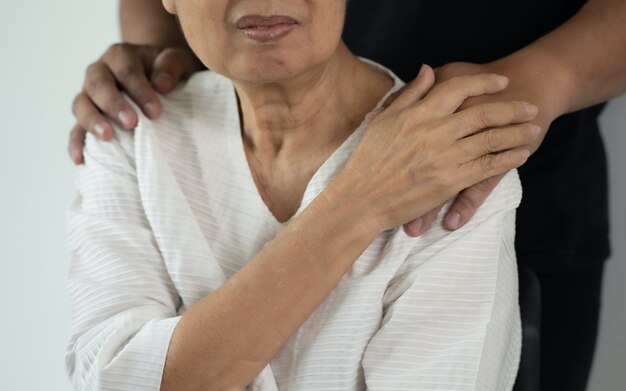Understanding the Pain in Parkinson's: What to Expect and How to Cope
For many, Parkinson’s disease is synonymous with trembling hands and slowed movement, but those who live with it know there's more beneath the surface. Is Parkinson's painful? The answer is nuanced and essential for understanding the full impact this condition can have on daily life.
What Does Pain in Parkinson's Feel Like?
Pain associated with Parkinson's is often underestimated. It manifests in various ways, including:
Musculoskeletal Pain: This is the most common and is linked to muscle and joint stiffness, often caused by the characteristic rigidity and bradykinesia (slowness of movement).
Neuropathic Pain: Stemming from nerve damage, this type of pain might include burning sensations or tingling, usually in the limbs.
Dystonia: As a result of prolonged periods in awkward positions, individuals may experience severe muscle cramps and spasms.
Akathisia: A less common pain causing an overwhelming sense of restlessness, often leading to discomfort.
Understanding these pain types can not only help with managing symptoms but can also guide conversations with healthcare providers for effective treatment options.
Exploring Relief: Treatment and Support
While pain management in Parkinson’s may seem challenging, numerous approaches can help alleviate discomfort:
Medication Adjustments: Dopaminergic therapies may relieve some pain by improving motor symptoms, but it requires constant fine-tuning by healthcare professionals.
Physical Therapy: Exercises tailored to alleviate stiffness and improve movement can greatly reduce musculoskeletal pain.
Massage and Acupuncture: These therapies can provide relief by reducing tension and promoting relaxation.
Mindfulness and Cognitive Behavioral Therapy (CBT): Addressing the psychological aspect of pain can be just as crucial as the physical.
As the costs associated with treatment can be rightfully daunting, it is vital to explore financial aid available for those navigating the complexities of Parkinson’s.
Financial Assistance and Resources
Supporting a chronic condition like Parkinson's includes not just emotional and physical facets but financial stress as well. Here’s a glance at potential resources:
Medicare and Medicaid: These programs can cover significant medication and treatment costs.
Social Security Disability Insurance (SSDI): For those who qualify, SSDI can be a lifeline for financial stability.
Charitable Organizations: Groups like the Parkinson's Foundation offer resources and potentially financial assistance to help with treatment costs.
Government Grants and Programs: Various state programs may provide grants or low-interest loans to assist with home modifications or medical equipment.
Managing the pain of Parkinson’s doesn't end with navigating symptoms; it also encompasses understanding and accessing the support systems available. Armed with this knowledge, those affected can better advocate for themselves and find a spectrum of relief both physically and financially.
Financial Assistance and Support Resources
- 💊 Medicare/Medicaid: Essential for medication and healthcare services.
- 💼 Social Security Disability Insurance (SSDI): Provides income support if unable to work.
- 🌟 Parkinson's Foundation: Offers guidance and potential financial aid resources.
- 🏡 State Government Grants: Aid for home modification and medical equipment needs.
- 📚 National Institutes of Health Grants: Opportunities for research participation that might include treatments and stipends.
Leveraging these resources not only eases the financial burden but also opens up pathways for improved quality of living for those facing Parkinson's.

Related Topics
- Are There Environmental Causes Of Parkinsons
- Can Alcohol Cause Parkinson's
- Can Concussions Cause Parkinson's
- Can Concussions Cause Parkinson's Disease
- Can Dogs Get Parkinson's Disease
- Can Dogs Get Parkinsons
- Can Dogs Have Parkinson's
- Can Dogs Have Parkinson's Disease
- Can Females Get Parkinson Disease
- Can Head Trauma Cause Parkinson's